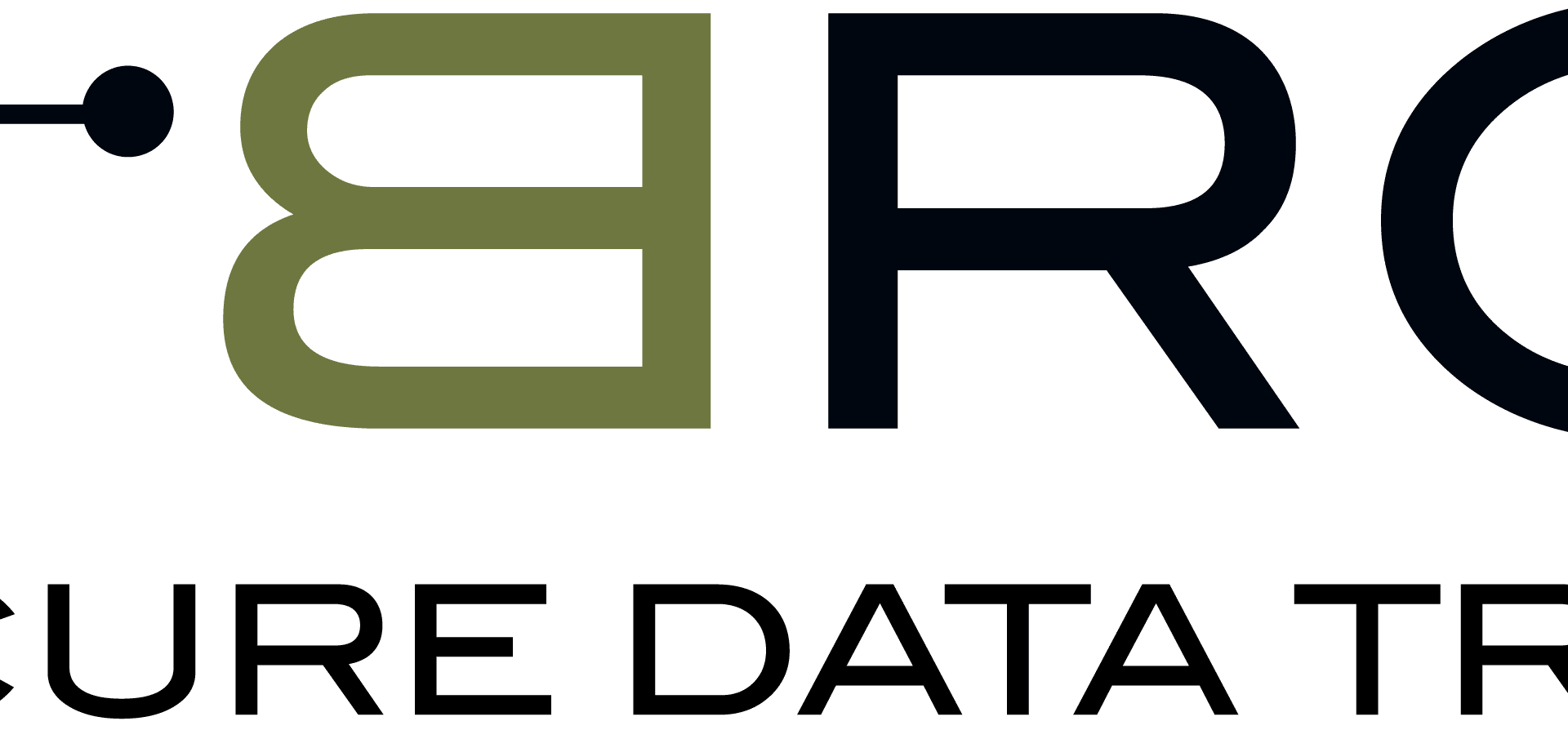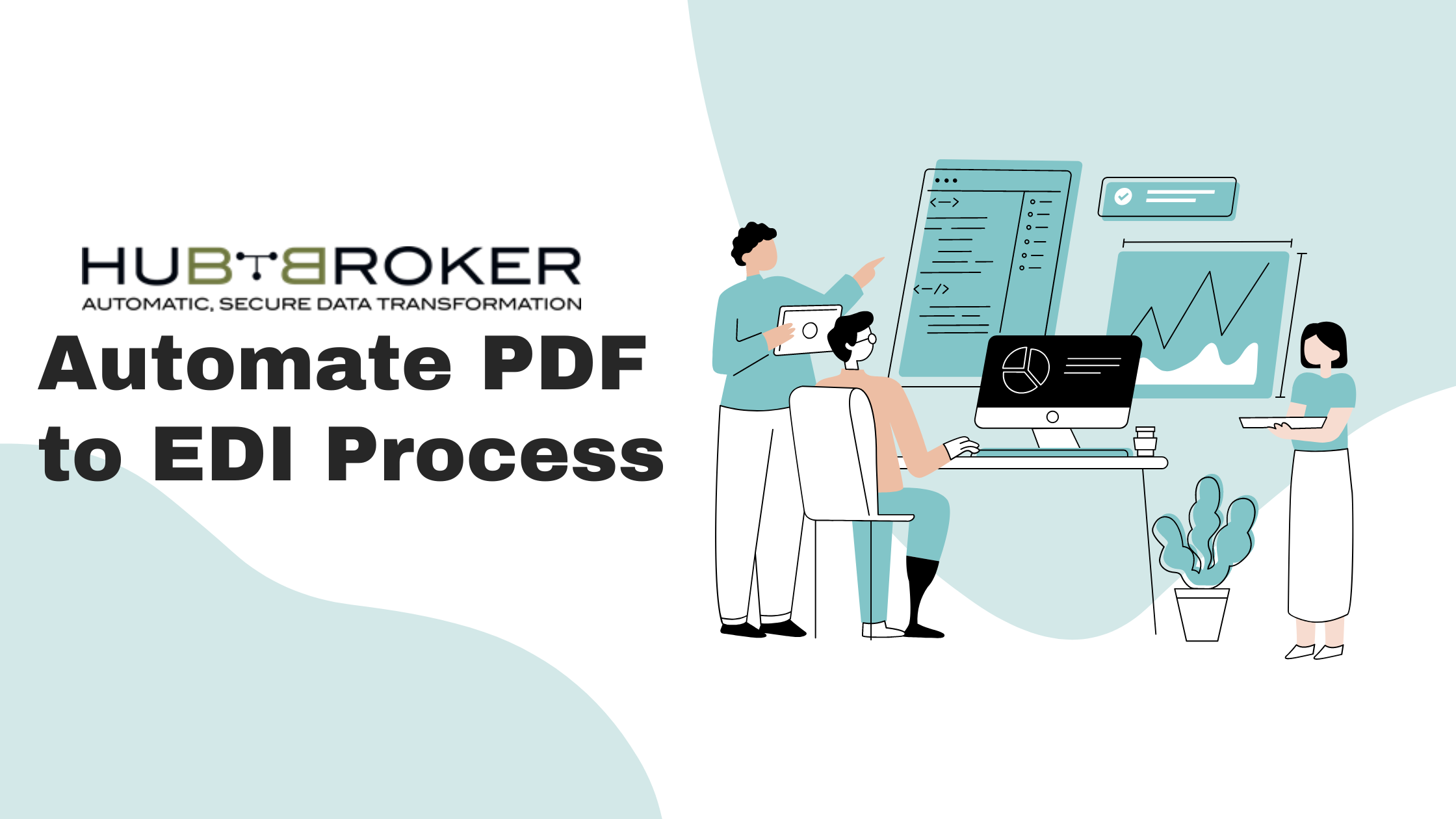Electronic Data Interchange (EDI) has become an indispensable tool for businesses to streamline their operations and improve efficiency. By automating the exchange of business documents, EDI can significantly reduce manual errors, speed up processes, and enhance supply chain visibility. However, to fully leverage the benefits, it’s crucial to integrate it seamlessly with your Enterprise Resource Planning (ERP) system.
In this comprehensive guide, we’ll delve into the intricacies of EDI integration with ERP, exploring the various approaches, key benefits, challenges, and how tools like HubBroker Integrator can simplify the process.
What is EDI?
Electronic Data Interchange (EDI) is a standardized method for exchanging business documents electronically between companies. It eliminates the need for paper-based communication, streamlining processes, reducing costs, and minimizing errors. EDI transactions typically involve documents such as purchase orders, invoices, and shipping notices.
- A standardized method for exchanging electronic documents between trading partners. Common EDI documents include purchase orders, invoices, and advanced shipping notices.
- A software suite that integrates various business functions, such as finance, human resources, and supply chain management.
Why Businesses Use EDI
Increased Efficiency and Productivity
One of the most significant advantages of EDI is its ability to automate business processes. By eliminating manual data entry and paper-based transactions, EDI significantly reduces the time and effort required to process documents.
Improved Accuracy
Manual data entry is prone to errors, which can have costly consequences. EDI helps to minimize these errors by automating the exchange of data between trading partners.
Enhanced Supply Chain Visibility
EDI provides real-time visibility into the supply chain, allowing businesses to track the progress of orders, monitor inventory levels, and identify potential bottlenecks.
Cost Savings
EDI can lead to significant cost savings by reducing the need for paper, postage, and manual labor. By automating document exchange, businesses can reduce administrative overhead and improve their bottom line.
Types of EDI Integration
1. Direct EDI Integration
- Direct Connection: In direct EDI integration, the systems of trading partners connect directly via an electronic connection.
Benefits:
- Real-time communication
- Cost savings
Constraints:
- Minimized complexity
- Scalability challenges with increasing partners
- Requires in-house technical expertise
2. Indirect EDI Integration
- Third-Party Facilitation: This method involves a third-party service provider or integration platform.
Benefits:
- Versatility to accommodate diverse partners
- Outsourced expertise
- Simplified onboarding
Constraints:
- Dependency on third-party service providers
- Limited control over data exchange
3. Hybrid EDI Integration
- Combination of Direct and Indirect: This approach combines elements of both direct and indirect integration.
Benefits:
- Flexibility to tailor strategies for different partners
- Reduced costs through optimized integration choices
Constraints:
- Complexity in managing multiple integration methods
- Strategic planning is required to determine the best approach for each partner
Overcoming Challenges and Benefits of ERP and EDI Integration
EDI integration offers numerous advantages, but it also presents challenges that businesses must address to ensure successful implementation. Let’s delve into these challenges and explore effective solutions:
1. Standard Formats and Protocols
- Challenge: Ensuring interoperability and seamless data exchange when trading partners use different EDI standards and formats.
- Solutions:
- Data Mapping: Develop a robust data mapping plan to convert data between different formats.
- Universal Standards: Promote the adoption of universal standards like EDIFACT and ANSI X12.
- Integration Platforms: Utilize integration platforms that support multiple EDI formats and standards.
2. Data Quality
- Challenge: Inaccurate or insufficient data can lead to transaction errors and negatively impact business operations.
- Solutions:
- Data Validation: Implement data validation checks to ensure accuracy and completeness.
- Error Handling: Develop robust error-handling mechanisms to address data inconsistencies.
- Regular Audits: Conduct regular audits of EDI data to maintain high quality.
3. Security
- Challenge: Protecting sensitive business data during EDI transactions.
- Solutions:
- Encryption: Use encryption techniques to prevent unauthorized access or alteration of data.
- Secure Connections: Ensure secure connections using protocols like AS2 and SFTP.
- Access Control: Implement strong access controls to restrict access to sensitive data.
4. Integration Technology
- Challenge: Selecting an integration technology that meets business needs and can scale to accommodate future growth.
- Solutions:
- Scalable Integration Platforms: Invest in platforms that can handle increasing transaction volumes.
- Cloud-Based Solutions: Consider cloud-based options for flexibility, scalability, and cost-effectiveness.
5. Human Error
- Challenge: Manual entry or human intervention can introduce errors and delays in the EDI process.
- Solutions:
- Automation: Automate as much of the EDI process as possible to reduce human error.
- Exception Handling: Develop automated exception-handling mechanisms to address edge cases.
6. Partner On-boarding
- Challenge: Expanding the EDI network to include new trading partners while maintaining seamless integration.
- Solutions:
- On-boarding Support: Provide partners with comprehensive on-boarding support, including documentation, training, and assistance.
- Testing Environment: Establish a testing environment for new partners to verify EDI transactions before implementation.
7. Compliance and Regulations
- Challenge: Adhering to industry standards and regulations, which can be complex and subject to change.
- Solutions:
- Regulatory Compliance Checks: Continuously monitor industry standards and regulations to ensure compliance.
- Collaboration with Partners: Work closely with trading partners to ensure adherence to industry standards.
How HubBroker Integrator Can Help in EDI Integration
HubBroker Integrator is a powerful tool that can simplify the process of EDI integration with ERP. It offers the following benefits:
- Pre-built Integrations: HubBroker Integrator provides pre-built integrations with popular ERP systems, reducing the time and effort required for implementation.
- Flexibility: It can handle various EDI standards and formats, ensuring compatibility with different trading partners.
- Security: HubBroker Integrator offers robust security features to protect sensitive data.
- Scalability: It can handle increasing volumes of data and accommodate business growth.
- Support and Maintenance: HubBroker Integrator provides ongoing support and maintenance to ensure the smooth operation of your EDI integration.
Conclusion
EDI integration with ERP can significantly improve your business operations by streamlining processes, reducing costs, and enhancing supply chain visibility. By carefully considering the factors discussed in this guide and leveraging tools like HubBroker Integrator, you can successfully implement an EDI solution that meets your specific needs and drives your business forward. Avail our book a demo today!





